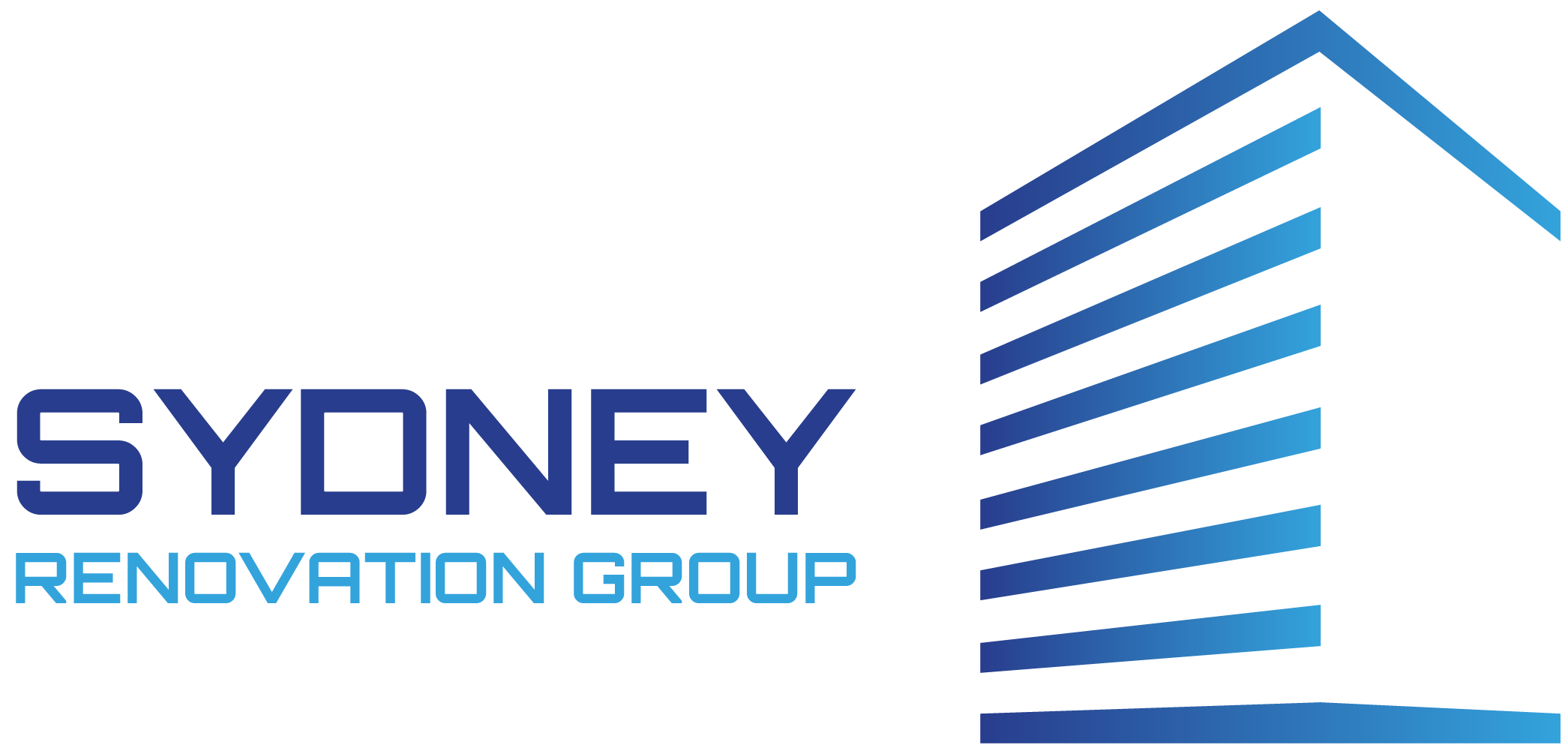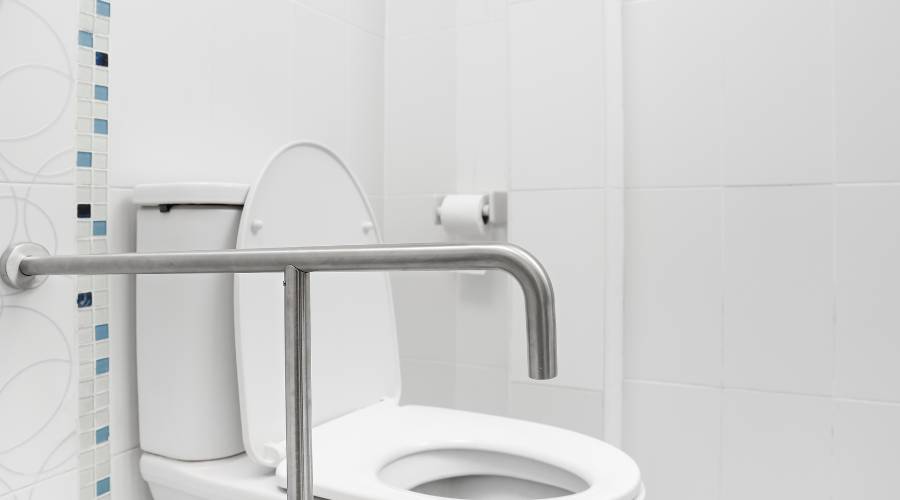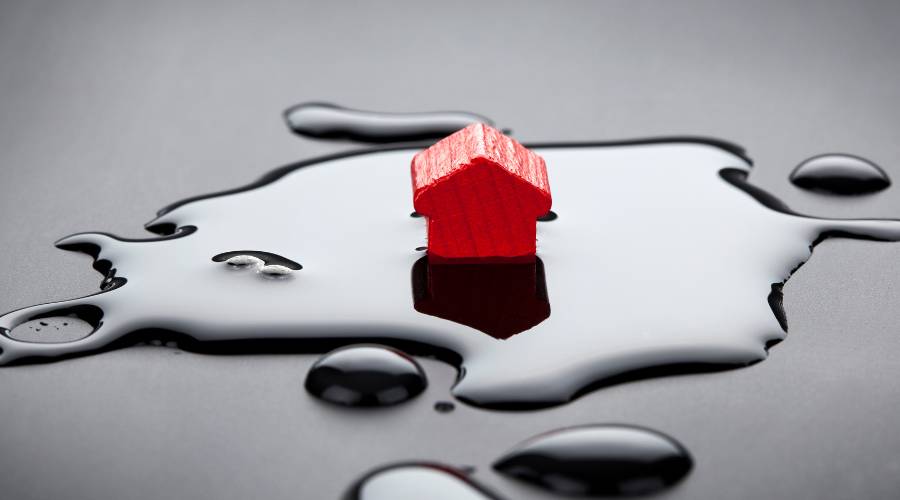Choosing the right flooring is a crucial part of any home renovation. Your floors affect the aesthetics, comfort, and value of your home. Whether you’re looking for something budget-friendly, luxurious, durable, or eco-conscious, there’s a flooring option that suits your needs. Here’s a breakdown of the best flooring choices for different rooms and lifestyles.
1. Hardwood Flooring
Hardwood floors are a timeless classic. Known for their durability and natural beauty, they add warmth and value to any home.
Pros
- Long-lasting and can be refinished multiple times
- Adds significant resale value
- Available in various wood types, finishes, and plank widths
Cons
- Expensive upfront cost
- Susceptible to scratches and moisture
2. Luxury Vinyl Plank (LVP)
LVP mimics the look of hardwood or stone but is far more affordable and water-resistant, making it a popular choice for modern renovations.
Pros
- Water-resistant and ideal for kitchens or bathrooms
- Easy DIY installation (click-lock systems)
- Comfortable underfoot and sound-absorbing
Cons
- Can dent under heavy furniture
- May not add as much resale value as real wood
3. Laminate Flooring
Laminate offers the look of wood or stone at a fraction of the price. It’s a durable option for high-traffic areas.
Pros
- Budget-friendly and easy to maintain
- Scratch and wear-resistant surface
- Simple installation for DIYers
Cons
- Not waterproof (avoid in bathrooms)
- Cannot be refinished like hardwood
4. Tile Flooring
Tile is a versatile and water-resistant flooring option perfect for bathrooms, kitchens, and entryways.
Pros
- Extremely durable and water-resistant
- Available in endless styles and colors
- Ideal for underfloor heating systems
Cons
- Hard and cold underfoot
- Grout lines require maintenance
5. Carpet
Carpet adds comfort and warmth, especially in bedrooms and living areas. It’s a good choice for families and colder climates.
Pros
- Soft, warm, and quiet underfoot
- Available in a wide range of colors and textures
- Good for insulation and sound absorption
Cons
- Stains easily and requires regular cleaning
- Can trap allergens like dust and pet dander
6. Engineered Wood Flooring
This flooring combines the beauty of hardwood with added moisture resistance, making it a great compromise between style and durability.
Pros
- Looks like real wood but more stable in humid environments
- Easier installation than solid hardwood
- Suitable for basements or slab foundations
Cons
- More expensive than laminate or vinyl
- Limited refinishing compared to solid hardwood
7. Cork Flooring
Cork is a sustainable and comfortable option that’s gaining popularity for its unique look and eco-friendliness.
Pros
- Eco-friendly and renewable
- Soft and warm underfoot
- Naturally antimicrobial and sound-absorbing
Cons
- Requires sealing to protect from moisture
- Prone to fading in direct sunlight
8. Concrete Flooring
Modern concrete floors offer a sleek, industrial look and are highly durable—ideal for contemporary homes or basement renovations.
Pros
- Extremely durable and low-maintenance
- Can be stained, polished, or textured
- Great thermal mass for energy efficiency
Cons
- Very hard and cold surface
- Installation and polishing can be costly
Conclusion
The best flooring choice depends on your budget, lifestyle, and personal style. Whether you prefer the classic appeal of hardwood, the practicality of vinyl, or the comfort of carpet, each option offers unique benefits. Carefully consider where the flooring will be used, how much traffic it will endure, and how much maintenance you’re comfortable with. With the right choice, your renovated floors can elevate the look and feel of your entire home.





